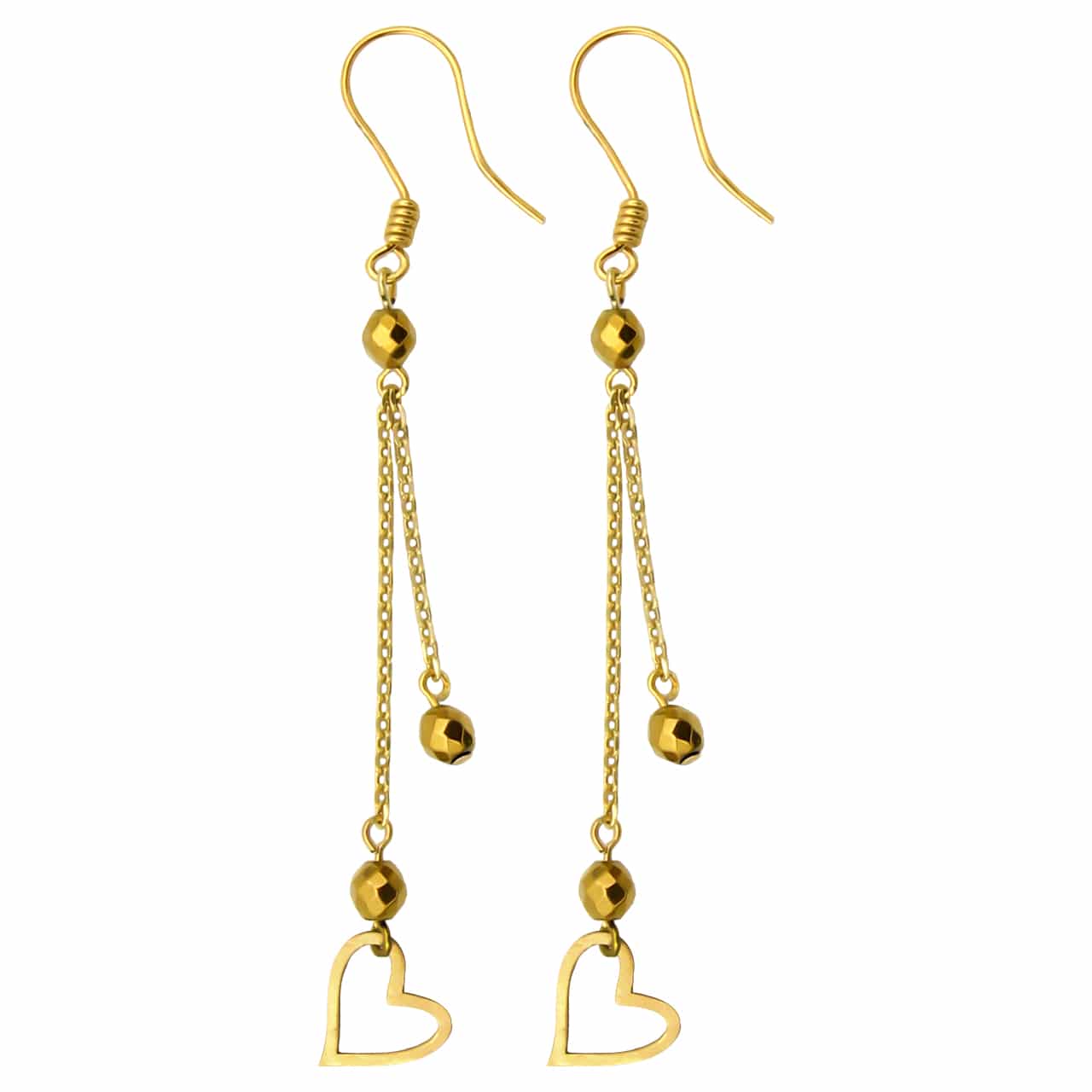1. Introduction: Tracing the Roots of Fishing
Fishing stands as one of humanity’s oldest survival strategies, dating back tens of thousands of years—long before organized sports existed. Early humans cast simple lines or spears not merely to feed, but to engage in a ritual of patience, skill, and connection. This primal act laid the groundwork for structured play, where competition emerged not from rules, but from instinct and community.
- The transition from solitary pursuit to shared challenges mirrors the birth of team play.
- Symbolic gestures—like offering a catch or displaying skill—foreshadowed sportsmanship and respect.
- Shared fishing grounds became early arenas where social bonds strengthened through cooperation and friendly rivalry.
Fishing’s deep roots reveal more than survival—it reflects the human need to engage, compete, and celebrate together, forming a timeless foundation for modern sport.
2. From Pond to Play: The Birth of Strategy and Skill
2.1 The Evolution of Technique
From crude hand-thrown spears to refined casting, early fishing techniques evolved from necessity into deliberate skill. Firelight campsites served as natural arenas where endurance, precision, and timing were tested—much like modern athletic arenas. Each cast required a growing understanding of force, angle, and patience, forming the core of tactical thinking.
Archaeological evidence from sites like Lake Mungo in Australia reveals bone hooks and early net remnants, suggesting deliberate skill development over millennia.
- Mastery of line and hook mirrored later developments in sports equipment.
- Timed retrieval tested physical endurance and mental focus.
- Adaptation to environment fostered innovation, paralleling modern sport’s emphasis on skill refinement.
“From fishing’s first cast came the rhythm of competition—where patience met precision, and skill became legacy.”
3. From Pond to Play: Rules, Gear, and the First Equipment Innovations
As fishing grew from ritual to tradition, so too did the tools and formalized practices. Simple bones and plant fibers evolved into durable wood, bone, and later metal implements—early prototypes of sport gear designed for performance and durability.
Material innovation followed human ingenuity: wooden rods resembling modern fishing poles emerged in Neolithic Europe, while nets crafted from natural fibers resembled early ball-and-mesh designs seen in ancient games.
Standardization of nets, lines, and weights marked a pivotal shift—much like how modern sports formalize rules and equipment to ensure fairness and consistency.
- Wooden rods evolved into standardized tools, mirroring sports equipment standardization.
- Nets with defined mesh sizes reflected early attempts at rule-based play.
- Metal hooks introduced precision, paralleling technological advances in athletic gear.
| Phase | Innovation |
|---|---|
| Ancient casting → Early skill development | Patience, precision, and endurance trained foundational athletic traits |
| Wood and bone tools → Proto-equipment | Material adaptation for improved performance |
| Net designs and line standardization → Early rule formalization | Consistency and fairness became central to group play |
4. From Pond to Play: Social Hierarchy and Status in Ancient Fishing Communities
Fishing was never purely subsistence—it shaped social roles and status, much like early athletic competitions that elevated skilled individuals within communities. Elite fishers, recognized for mastery, commanded respect and influence, forming a natural leadership tier.
Competitive feasting after successful catches reinforced social rank, echoing how ancient games elevated champions and strengthened group cohesion.
Gender and age roles structured participation, with elders guiding youth—laying early foundations for inclusive yet hierarchical sport models.
- Skilled fishers earned leadership and honor, foreshadowing athlete recognition in modern games.
- Feasting after catch mirrored ceremonial displays of success in sport culture.
- Inclusion shaped by roles ensured diverse participation, balancing tradition and evolving norms.
“Respect flowed from skill, and status from success—principles still echo in today’s competitive arenas.”
5. From Pond to Play: The Cultural Legacy in Modern Fishing Sports
Today’s fishing sports and angling competitions carry deep echoes of their ancient origins. Traditional games inspire modern tournaments, while revived techniques blend heritage with innovation.
From rod-and-line challenges in outdoor recreation to competitive fly-fishing leagues, old skills meet modern discipline.
These practices sustain cultural identity, proving fishing’s enduring role in shaping human play and community.
- Traditional games inspire modern angling competitions with authentic techniques.
- Revival of ancient gear and methods preserves cultural authenticity.
- Fishing festivals bridge past and present, fostering shared heritage and joy.
“What began as survival now fuels passion—where past skill ignites present play.”
6. Return to the Evolution: Why Ancient Fishing Remains the Heart of Modern Sports
Fishing’s evolution from survival tool to cultural pastime reveals a timeless human thread—play rooted in skill, community, and shared challenge. Its core principles—patience, strategy, and respect—mirror the essence of all modern sports.
Just as early fishers refined their casts, today’s athletes refine their techniques; just






